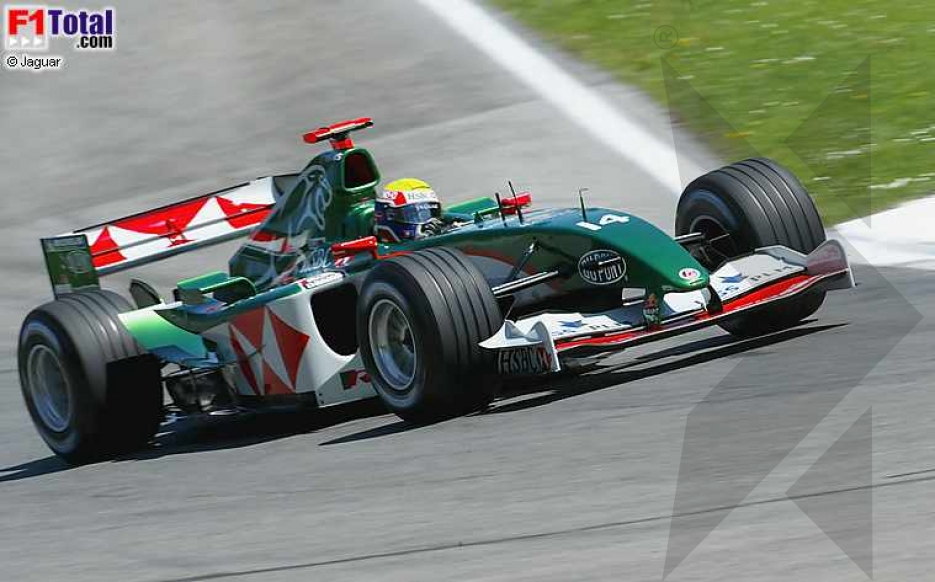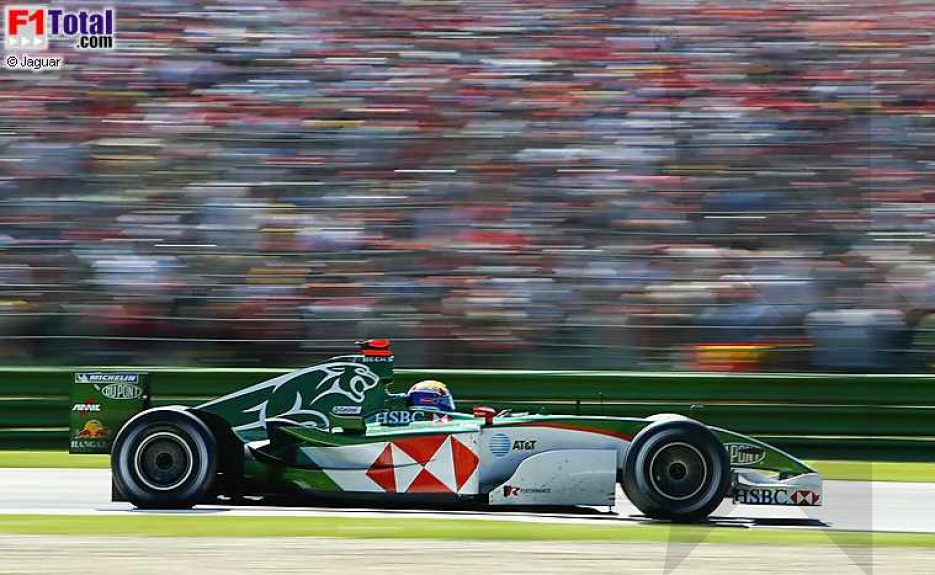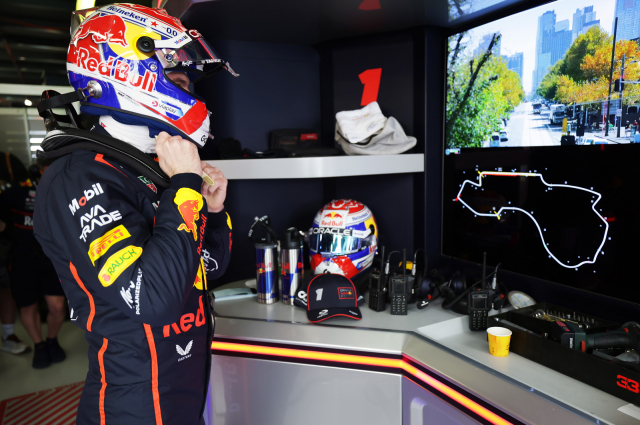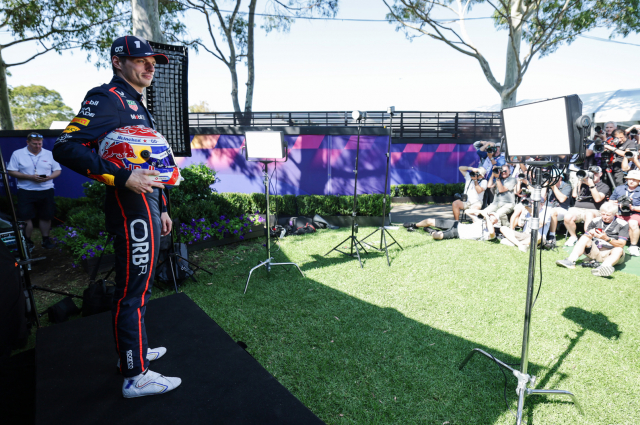Red Bull Racing’s History. Part 2: Jaguar’s failed adventure
Published on 13 August 2017 by Mike Motilall
For over a year now, Max Verstappen has been driving at Red Bull Racing, one of the top teams in Formula 1. Red Bull has been formed out of Stewart and Jaguar. Since they emerged on the F1-scene, they have won the world championship four times in a row and have celebrated 53 victories so far. But the success didn’t come easy. In a series of five we will extensively look back at the history of the Milton Keynes based team. In this second part we will feature Jaguar’s failed adventure.
After two difficult years at the beginning, the Stewart-Ford team has a successful 1999 campaign. Topping it off is Johnny Herbert’s victory at the European Grand Prix. Ford, that has had a major stake in Stewart Grand Prix, which was founded in 1996, decided to buy the team in late 1999 from father and son Stewart. They also changed the name to Jaguar, a sister brand of the American company. Eddie Irvine is hired as the new frontman. The 1999-vice champion swaps place with Rubens Barrichello, who in turn takes over Irvine’s spot at Ferrari. Johnny Herbert stays on for his final season in Formula 1. Jaguar’s debut year becomes a major deception. Irvine scores only four points with a fourth place in Monaco and a sixth fastest finish in Japan. Team mate Herbert failed to bring home any points.
In 2001, things are looking good, albeit said progress is slow. Irvine consolidates a massive third place finish in Monaco, the first podium for the team. Luciano Burti is at the controls for the first four races in the second car, before Pedro de la Rosa finishes the remainder of the season. He manages to nicely bring home three champion ship points for the team and with 9 noints in total, Jaguar finishes eighth in the constructor’s championship.
The following season, the team appears to have gone backwards instead of forward. With a great deal of luck, three points are scored in the opening race. But that doesn’t hide the fact that the Jaguar R3 is way too slow and is mainly running at the back of the field. A lot of progress is made with a great many updates, but only in the second half of the season. Resulting in a great podium finish for Irvine in Monza. Team mate de la Rosa is unable to finish in the top six the whole year round and is consequently dismissed.
The 2003-season sees an entirely new driver’s duo in the cars, due to Irvine retiring from F1. With the talented youngsters Mark Webber and Antonio Pizzonia, Jaguar has a promising line up. The Ozzie more than lives up to the expectations with strong qualifying sessions and numerous finishes in the points. Pizzonia is unable to deliver and is forced to leave the stage mid-season. Justin Wilson is his replacement, Jos Verstappen’s team mate at Minardi at that moment. The Englishman also has great difficulties posing a threat to Webber and manages to only score one point. With 18 points and seventh in the final standings, Jaguar seems to have found their way up again.
In 2004, Jaguar is unable to continue the progress. It quickly becomes apparent that the team has once again built a disappointing car. Webber manages to put the R5 on the first row in Malaysia, but only finishes once in the top six that year. The inexperienced Red Bull-junior Christian Klien scores with a sixth place finish at Spa, his only points for the season. With only ten points, this season is also one big disappointment. Ford has had enough of Formula 1 and puts the team up for sale. Red Bull, which has a link with Jaguar in 2004 with Klien, decides to go for it and buys the team. From 2005 onwards, they will be known as Red Bull Racing. More on that in the future parts.




